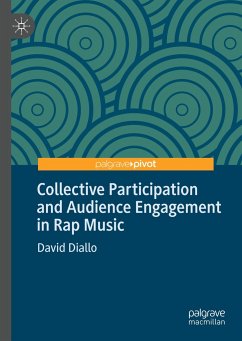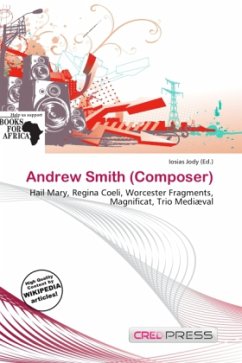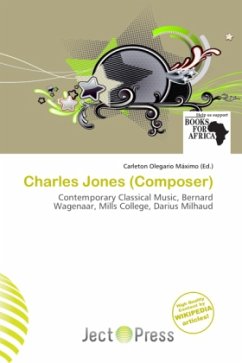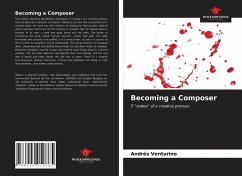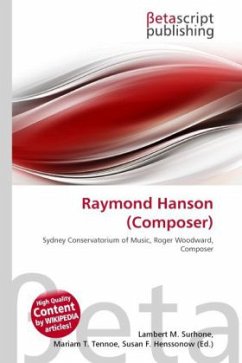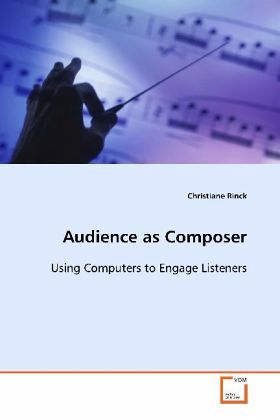
Audience as Composer
Using Computers to Engage Listeners
Versandkostenfrei!
Versandfertig in 6-10 Tagen
39,99 €
inkl. MwSt.

PAYBACK Punkte
20 °P sammeln!
Music as a form of non-verbal communication plays orshould play an important role in our emotional andintellectual lives. In recent years, much attentionhas been given to the idea of identity. Questions ofidentity frequently focus on a sense of place orbelonging, some combination of nationalism andethnicity, the latter often including or conflatedwith race. Music in general, and Western art musicin particular, can both manifest and influence asense of place in those who encounter them. Musicstarted as a group activity, even incorporating"non-musicians" by the inclusion of singing orchanting an...
Music as a form of non-verbal communication plays or
should play an important role in our emotional and
intellectual lives. In recent years, much attention
has been given to the idea of identity. Questions of
identity frequently focus on a sense of place or
belonging, some combination of nationalism and
ethnicity, the latter often including or conflated
with race. Music in general, and Western art music
in particular, can both manifest and influence a
sense of place in those who encounter them. Music
started as a group activity, even incorporating
"non-musicians" by the inclusion of singing or
chanting and percussive actions. In many ways music
has evolved into distinct categories of participants,
such as performer, listener, observer, conductor.
This work explores specific efforts to revitalize the
concept of music as a group activity or process by
utilizing technology to make the theoretical aspects
of music more accessible. The concept of engaging
the listener by transforming the audience into the
composer via technology should be especially useful
to music and education professionals, as well as to
anyone who enjoys the art form.
should play an important role in our emotional and
intellectual lives. In recent years, much attention
has been given to the idea of identity. Questions of
identity frequently focus on a sense of place or
belonging, some combination of nationalism and
ethnicity, the latter often including or conflated
with race. Music in general, and Western art music
in particular, can both manifest and influence a
sense of place in those who encounter them. Music
started as a group activity, even incorporating
"non-musicians" by the inclusion of singing or
chanting and percussive actions. In many ways music
has evolved into distinct categories of participants,
such as performer, listener, observer, conductor.
This work explores specific efforts to revitalize the
concept of music as a group activity or process by
utilizing technology to make the theoretical aspects
of music more accessible. The concept of engaging
the listener by transforming the audience into the
composer via technology should be especially useful
to music and education professionals, as well as to
anyone who enjoys the art form.





